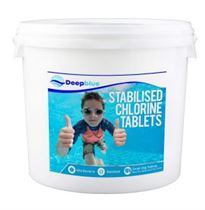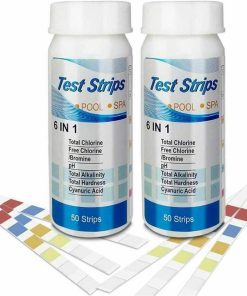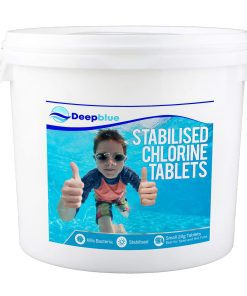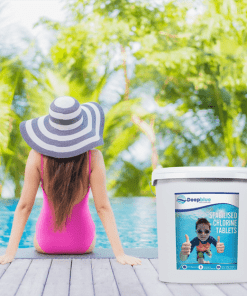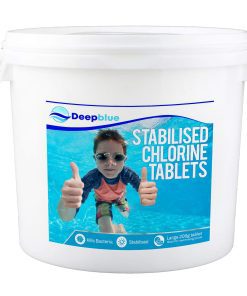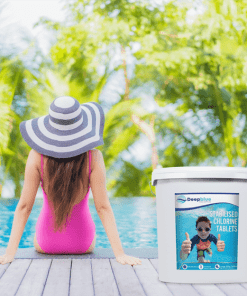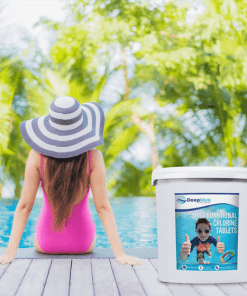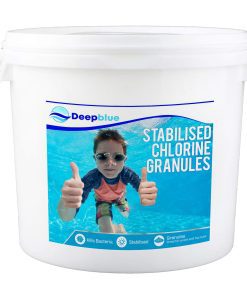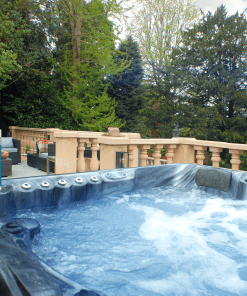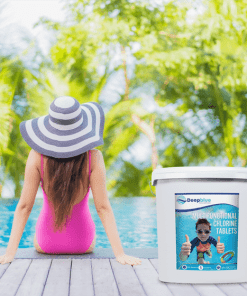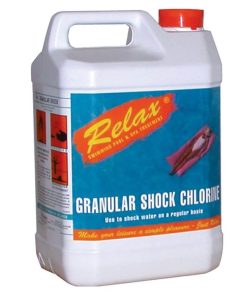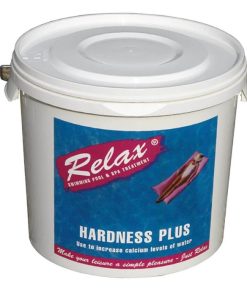Blogpool, Chemicals, Maintenance, Swimming Pools
Closing Your Pool for the Winter: Best Practices
Winter is approaching, and it’s time to start thinking about closing your pool for the season. Properly winterizing your pool not only protects it from freezing temperatures but also makes reopening in the spring much easier. Here’s a step-by-step guide on how to close your pool for the winter and ensure it’s protected during the cold months.
Why Winterizing Your Pool is Important
In regions where the temperature drops below freezing, winterizing your pool is essential to prevent damage caused by frozen water. When water freezes, it expands, which can crack pipes, damage pool walls, and even harm your filtration system. Taking the time to properly close your pool will help you avoid costly repairs come spring.
When to Close Your Pool
The best time to close your pool is when the water temperature consistently stays below 15°C (60°F). Closing the pool too early can promote algae growth, while closing it too late can lead to freeze damage. Most pool owners in the UK close their pools in late September or early October.
Step 1: Clean the Pool Thoroughly
Before you close your pool, it’s important to give it a deep clean. This helps prevent algae and bacteria from growing over the winter months. Follow these steps to clean your pool:
- Skim the Surface: Use a skimmer to remove any leaves, bugs, or debris floating on the surface.
- Vacuum the Pool Floor: Vacuum the pool to remove any dirt or debris that has settled on the bottom.
- Brush the Walls and Floor: Use a pool brush to scrub the walls and floor of the pool. Pay special attention to areas where algae tends to grow, such as steps and corners.
Step 2: Test and Balance the Water
Balancing the water chemistry is crucial before closing your pool for the winter. This helps prevent corrosion, scale buildup, and algae growth during the off-season. Here’s what to do:
- pH Levels: Adjust the pH to between 7.2 and 7.6. Use pH increaser or pH decreaser to bring the levels within range.
- Alkalinity: Keep alkalinity between 80-120 ppm to prevent pH fluctuations over the winter.
- Calcium Hardness: Aim for a calcium hardness level between 200-400 ppm. This prevents scaling and etching on your pool’s surfaces.
- Shock the Pool: Add a high dose of chlorine or non-chlorine shock to kill any bacteria or algae present in the water.
- Shock dosage: Use 500g of chlorine shock per 10,000 liters of water.
Step 3: Lower the Water Level
Lowering the water level prevents freezing and expansion, which can cause damage to the pool’s plumbing and filtration system. Here’s how to do it:
- In Ground Pools: Lower the water level to just below the skimmer opening.
- Above Ground Pools: Lower the water level to just below the skimmer and return fittings. Be careful not to drain the pool completely, as this can cause the liner to shrink and become damaged
Step 4: Winterize the Equipment
Properly winterizing your pool equipment is crucial for preventing damage from freezing temperatures. Follow these steps:
- Drain the Pump: Turn off the pump and drain all the water from the pump and filter to prevent freezing. Remove the drain plug and let the water run out.
- Winterize the Filter: Depending on the type of filter you have (sand, cartridge, or DE), follow the manufacturer’s instructions for winterizing. Most often, this involves draining and cleaning the filter before covering it for winter.
- Blow Out the Lines: Use a wet/dry vacuum or a blower to remove water from the pool’s plumbing lines. This helps prevent freezing and bursting of pipes. Insert the vacuum or blower hose into the skimmer and return fittings to force water out of the lines.
Step 5: Add Winter Chemicals
Once the pool is clean and drained, it’s time to add winter chemicals to help keep the water in good condition during the offseason:
- Algaecide: Adding an algaecide before closing can help prevent algae growth over the winter.
- Dosage: Use 1 liter of algaecide per 10,000 liters of water.
- Winterizing Chemical Kit: Consider using a winterizing kit that includes a combination of chemicals designed to maintain pool water balance during the winter months.
Step 6: Cover the Pool
Once you’ve completed the above steps, it’s time to cover your pool. A good cover not only prevents debris from entering the pool but also reduces evaporation and keeps the water temperature from fluctuating.
- Choose the Right Cover: Use a winter cover specifically designed for your pool type (in-ground or above ground). Make sure the cover is securely fastened to prevent it from blowing away in strong winds.
- Secure the Cover: Use water bags, sandbags, or anchors to keep the cover in place. Make sure it fits tightly to prevent debris from accumulating underneath.
Step 7: Check the Pool Periodically
Even during the winter months, it’s essential to check your pool periodically:
- Inspect the Cover: Regularly check the cover for any debris accumulation or water pooling on top. Remove any debris and, if necessary, use a cover pump to remove excess water.
- Monitor Water Levels: If water levels drop significantly due to evaporation or heavy rain, consider adding water to maintain the proper level.
Spring Preparation: Opening Your Pool
As winter comes to an end, you’ll need to prepare to open your pool for the season. Here’s a quick overview of what to do:
- Remove the Cover: Carefully take off the cover and clean it before storing it for the summer. Make sure the pool area is clear of debris.
- Inspect the Equipment: Check all pool equipment for any signs of damage that may have occurred over the winter. Make any necessary repairs.
- Fill the Pool: If the water level is low, fill the pool with fresh water to the appropriate level.
- Balance the Water: Test and balance the water chemistry before using the pool.
Conclusion
Closing your pool for the winter may seem like a daunting task, but following these steps will help you protect your investment and make reopening in the spring much easier. Proper winterization will extend the life of your pool and equipment, save you money on repairs, and ensure a smooth transition into the swimming season. If you need any of the chemicals mentioned please check our website or contact our friendly support team for advice. With just a little preparation, you can enjoy a hassle-free pool experience year after year.
Some products you might be interested in:
Algicides Clarifiers and Cleaners
Algicides Clarifiers and Cleaners
Best Online Sellers
Deep Blue Pro – 6-Way Test Strips 50 Strips Chlorine PH TA Calcium Cyanuric Bromine Professional
Best Online Sellers
Deep Blue Pro – Mini 20g STABILISED Chlorine Tablets 5 kg SLOW RELEASE
Related Products
Algicides Clarifiers and Cleaners
Algicides Clarifiers and Cleaners
Best Online Sellers
Deep Blue Pro – 6-Way Test Strips 50 Strips Chlorine PH TA Calcium Cyanuric Bromine Professional
Best Online Sellers
Deep Blue Pro – Mini 20g STABILISED Chlorine Tablets 5 kg SLOW RELEASE
Best Online Sellers
Deep Blue Pro – 200g STABILISED Chlorine Tablets 5kg SLOW RELEASE
Best Online Sellers
Best Online Sellers
Deep Blue Pro – Stabilised Chlorine Granules 5kg Rapid dissolve Neutral PH
Best Online Sellers
Best Online Sellers





